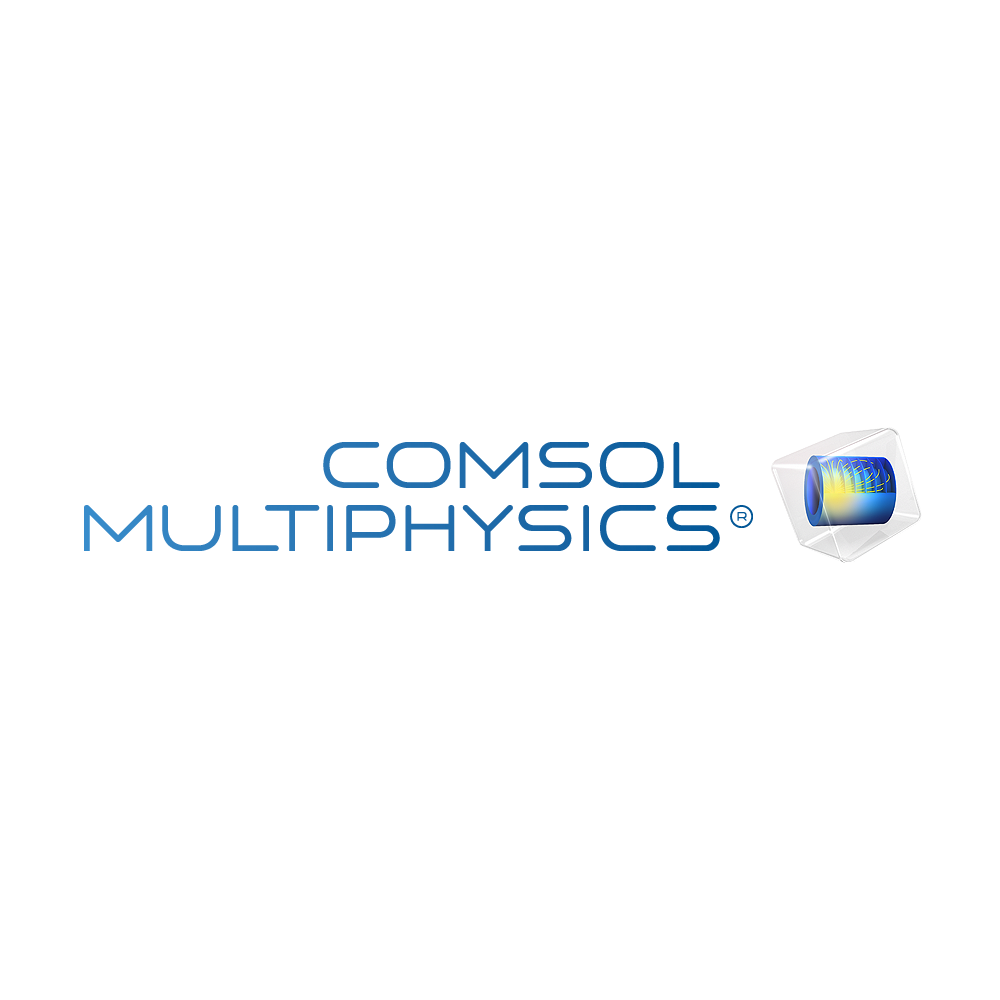perfik 2023
Persidangan Fizik Kebangsaan 2023
National Physics Conference 2023
Date & Time
November 28th (Tue) ~ 30th (Thu), with COMSOL Multiphysics Masterclass by trainer
9:00AM - 6:00PM (GMT+8)
fully online!
Featured Speakers
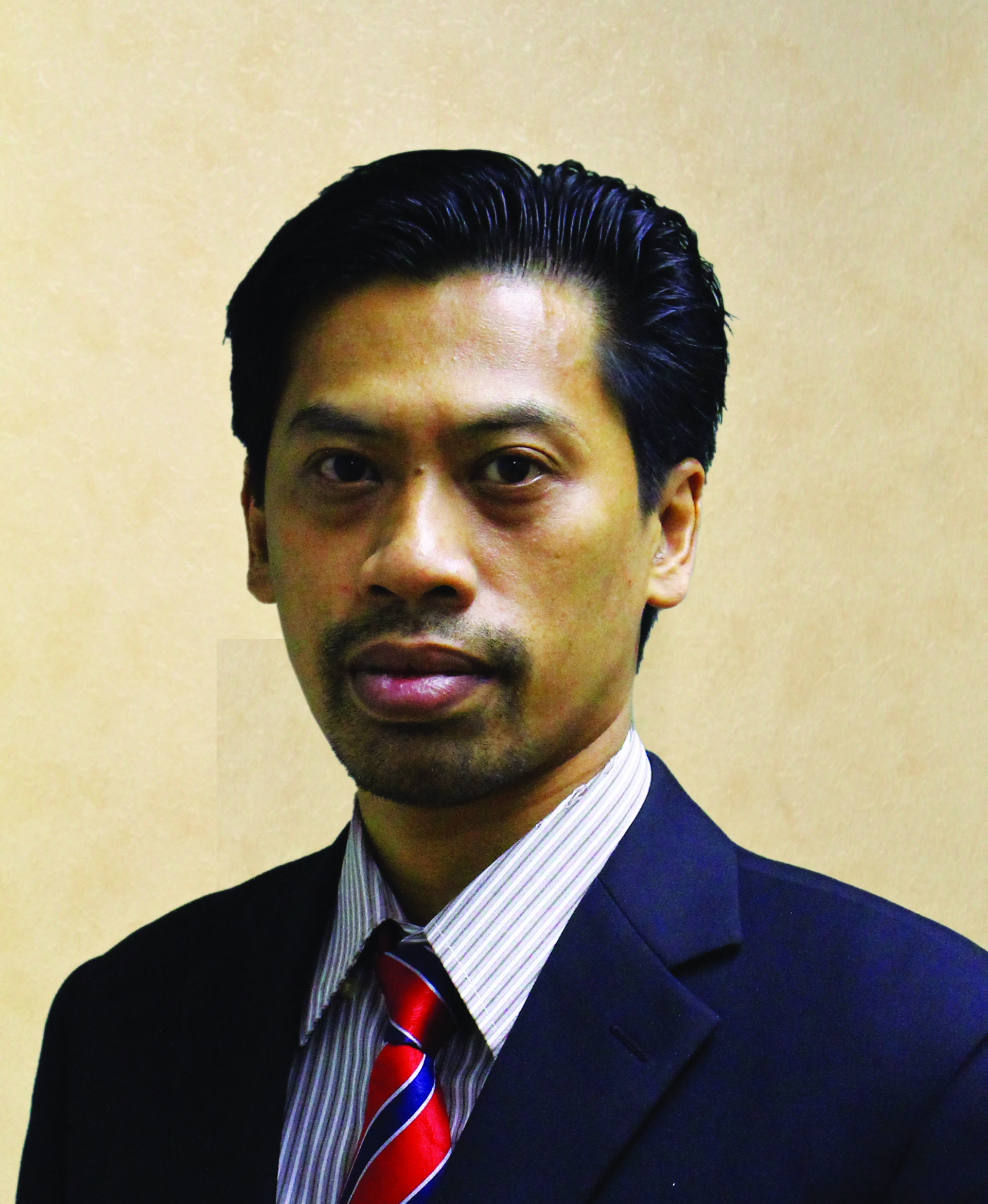
Prof. Dr. Zamri Bin Zainal Abidin
(Plenary, Radio Astronomy)
(Universiti Malaya)
Prof. Dr. Zamri Bin Zainal Abidin (Plenary, Radio Astronomy), (Universiti Malaya)

RECENT TOPICS IN RADIO ASTRONOMY RESEARCH IN MALAYSIA
Abstract:
Radio astronomy in Universiti Malaya started in 2005 with the set up of the Radio Cosmology Research Lab Group. Early research revolved around the study of radio frequency interference (RFI) leading to the selection of the best candidate for construction of the first radio telescope in Malaysia. In this talk, I will describe the past, present and future plans for construction of radio telescopes in Malaysia. The related sciences will also be explained. I will also list and explain the recent topics in radio astronomy including Fast Radio Bursts, SolarAstronomy, Dark Matter, Black Holes and Cosmic Web.

Dr. Yan Li
(Plenary, Semiconductor)
(Samsung, USA)
Dr. Yan Li (Plenary, Semiconductor),(Samsung, USA)

RECENT TOPICS IN RADIO ASTRONOMY RESEARCH IN MALAYSIA
Abstract:
Radio astronomy in Universiti Malaya started in 2005 with the set up of the Radio Cosmology Research Lab Group. Early research revolved around the study of radio frequency interference (RFI) leading to the selection of the best candidate for construction of the first radio telescope in Malaysia. In this talk, I will describe the past, present and future plans for construction of radio telescopes in Malaysia. The related sciences will also be explained. I will also list and explain the recent topics in radio astronomy including Fast Radio Bursts, SolarAstronomy, Dark Matter, Black Holes and Cosmic Web.

Prof. Dr. Ramesh Subramaniam
(Materials Science)
(Universiti Malaya)
Prof. Dr. Ramesh Subramaniam (Materials Science),(Universiti Malaya)

Prof Dr. Ramesh T Subramaniam is a material scientist well known for his outstanding scholastic contribution on solutions for energy storage and harvesting devices for a clean energy and sustainable smart cities of tomorrow. The World Academy of Sciences (TWAS) elected him as a TWAS Fellow in 2023. He has also received “Pacifichem Young Scholar Award” from the American Chemical Society, “Young Scientist Award” from IUPAC, “IAP Young Scientist Award, ASEAN - China Scholar Award, “Established Scientist Award” by the Royal Society, “Top Research Scientists Malaysia (TRSM)” and “Malaysia Toray Science Foundation Science & Technology Award”. He is an alumnus of the Global Young Academy (GYA)”, Fellow of Royal Society of Chemistry (RSC) and Fellow of the Academy of Sciences Malaysia (ASM)”. He is recipient of the “Fulbright Fellowship” with a tenure at the Princeton University, USA, recipient of the Durham University “International Senior Research Fellowship” as Visiting Senior Fellow and a Distinguished Fellow of the Institute of Advanced Studies (IAS), Durham University since 2022. He was recognized and placed as World's Top 2% Scientists for Career-Long Citation Impact by Stanford University. On the global front, he was the Invited Scientist for World Science Forums and World Economic Forums.
Title of the talk:
Progress and Challenges in Energy Devices: Formulation and Economic Aspects
Abstract:
Employment of renewable energy resources namely solar, wind, hydro, biomass, and geothermal is one of the smart-energy driven key initiatives that could significantly reduce the carbon footprints. Howbeit, the uncertainties of renewable resources restrict the mass deployment of these resources. Thus, electrochemical energy storage devices like supercapacitors and batteries are inaugurated to assist the renewable resources to provide a constant electricity production and supply to meet the need of the consumers. However, the commercially available energy devices either lacks in terms of power density or energy density which requires employment of both types of energy devices in the energy systems. This is cost consuming and could contribute to massive e-waste in long term. Therefore, herein binder free electrodes are formulated and integrated with flexible hydrogel electrolytes to produce hybrid devices that could exhibit outstanding energy storage capacity and power density. In long term, this could significantly reduce the e-waste production and carbon footprint besides achieving the sustainable development goal 7 on producing a clean and affordable energy.

Prof. Hor Yew San
(Quantum materials)
(Missouri University of Science and Technology, USA)
Prof. Hor Yew San (Quantum materials),(Missouri University of Science and Technology, USA)

Prof. Hor Yew San has deep interest in experimental exploration of novel solid state bulk and nanostructured materials that may have implications both for scientific understanding in general and for future technological developments. His expertise in crystal growth and synthesis of quantum material systems including, but not limited to three dimensional topological insulators, topological superconductors, correlated electron systems and nanostructured thermoelectric power/cooling materials.

Prof. Huanyang Chen
(Plenary, Optics and Photonics)
(Xiamen University)
Prof. Huanyang Chen (Plenary, Optics and Photonics),(Xiamen University)

Chen Huanyang received the B.S. and Ph.D. degrees in physics from Shanghai Jiao Tong University, Shanghai in 2005 and 2008, respectively. From 2006 to 2009, he was a research assistant and a postdoctoral fellow with Hong Kong University of Science and Technology, Hong Kong. He was a professor with Soochow University, Suzhou from 2009 to 2016. He has been a professor with Xiamen University since 2016. His research interests cover photonic/phononic crystals, metamaterial designs, and transformation optics/acoustics. He has authored or co-authored more than 200 papers with more than 11000 total citations and an H-index of 47. His work on transformation acoustics and cloaking was selected into the list of “Best of 2008” by Institute of Physics (IOP).

Prof. Dr. Chen Soo Kien
(Plenary, Superonductor)
(Universiti Putra Malaysia)
Prof. Dr. Chen Soo Kien (Plenary, Superonductor),(Universiti Putra Malaysia)

SK Chen has been with the Department of Physics, Universiti Putra Malaysia since 2006. His research is primarily on superconductors. Particularly, his focus is on material processing for enhancing critical current density of superconducting materials.

Prof. Dr. Abdul Halim Bin Shaari
(Magnetic materials)
(Universiti Putra Malaysia)
Prof. Dr. Abdul Halim Bin Shaari (Magnetic materials),(Universiti Putra Malaysia)

Professor Abdul Halim is a retired Professor, Fellow Academy Science(FASc), Fellow MASS (FMASS) Honorary Fellow of IFM. He is currently attached to UPM under Skim Amal Putra. His research interests are in High Temperature Superconductivity and Magnetism.

Prof. Darren Ong
(Mathematical physics)
(XMUM, Malaysia)
Prof. Darren Ong (Mathematical physics),(XMUM, Malaysia)

Darren Ong is Professor of Mathematics at Xiamen University Malaysia. He earned his PhD in mathematics from Rice University in the United States. His research focuses on spectral theory and mathematical physics, with particular interest in mathematics modelling quasicrystals and quantum walks.
Title: Quantum walk models corresponding to exotic spectra.
Abstract: Quantum walks are a quantum mechanical analogue of random walks that have drawn a lot of recent interest in physics and computer science. In this talk we introduce new quantum walk models that in some sense are unitary analogue to the Almost Mathieu Operator. For example, we will see how the spectrum of the quantum walk operators generate a unitary version of the famous Hausdorff butterfly image. These quantum walk models are generated using patterns inspired by quasicrystal structure. This talk is based on joint work with Chris Cedzich, Jake Fillman, Long Li and Qi Zhou.

Dr. Mehran Kianinia
(Quantum optics)
(University of Technology Sydney, Australia)
Dr. Mehran Kianinia (Quantum optics),(University of Technology Sydney, Australia)

Dr. Kianinia is currently vice chancellor research fellow at UTS, following his research in quantum optics and quantum technologies. Previously he held a postdoctoral and research position with the quantum optics group at UTS and TMOS Center of Excellence. He conducted unique experiments on quantum emitters in hexagonal boron nitride (hBN) and developed a new fabrication method for indistinguishable photons from solid state sources, and spin defects in 2D materials. The end goal of his research is developing technologies based on 2D materials for applications in quantum computation, quantum communication and quantum sensing.
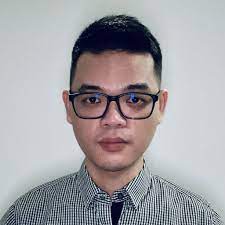
Ong Teng Sian
(MMU)
Ong Teng Sian,(MMU)

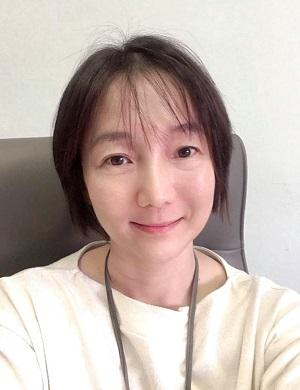
Associate Prof Dr. Yap Seong Ling
(Universiti Malaya)
Associate Prof Dr. Yap Seong Ling,(Universiti Malaya)

Associate Prof Dr. Yap Seong Ling, completed her PhD in Universiti Malaya 2007 in the field of plasma physics, enriched her research experience as post-doc research fellow in Tsinghua University, Beijing in China. She joined Universiti Malaya as senior lecturer and promoted to current position in 2016. She is now the Head of Centre of the Plasma Technology Research Centre, Universiti Malaya. Her primary research interests are on plasma source, pulsed plasma discharge, radiation and neutron sources, and plasma diagnostics. Her work on the fundamental research is in parallel with various novel application utilising the cold plasma sources. She works closely with researchers of different expertises, to address challenges with science transdiciplinary. The PTRC under her leadership has developed collaborative relationships with industries/companies from a range of areas including gas processing, agriculture and biomedical technology, and pulsed neutron technology.
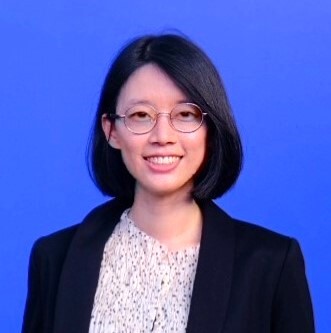
Dr. Yu-Chieh Lin
(Ultrafast laser science)
(Attosecond Science Research Team, RIKEN, Japan)
Dr. Yu-Chieh Lin,(Attosecond Science Research Team, RIKEN, Japan )

Yu-Chieh Lin is a research scientist in the Attosecond Science Research Team at the RIKEN Center for Advanced Photonics in Japan. Her research interests are in ultrafast science, singular optics, and nonlinear optics. She got her Ph.D. at National Chiao Tung University in Taiwan and after that she joined RIKEN, working on intense femtosecond lasers. Her works on developing the few-cycle laser system and its applications in light-matter interaction, showing impacts on peers, awarded The 15th Osaka University Kondo Prize, Women in Ultrafast Science Global Award 2022, and The 1st JSAP Diversity & Inclusion Awards.

Dr. Lim Yen Kheng
(Quantum gravity)
(XMUM, Malaysia)
Dr. Lim Yen Kheng (Quantum gravity),(XMUM, Malaysia )

Yen-Kheng Lim is from the Department of Physics, XMUM. From 2010 to 2018, he worked as a teaching assistant and subsequently an instructor at the National University of Singapore, where he received his PhD in December 2015. His research interests are in black holes and general relativity, particularly in seeking exact solutions in various gravity theories and their orbital dynamics. Recently he has also been exploring mathematical concepts like algebraic geometry and tropical geometry, and applying these ideas in solving problems in statistical mechanics, quantum mechanics, and gravity.
Title: Light-ring pairs from A-discriminantal varieties
Abstract: (Joint work with Mounir Nisse from Dept of Mathematics, XMUM)
When geodesic equations are formulated in terms of an effective potential U, circular orbits are characterised by U=∂ₐU=0. In this talk, I will discuss the case where U is an algebraic function. Then the condition for circular orbits defines an A-discriminantal variety. A theorem by Rojas and Rusek, suitably interpreted in the context of effective potentials, gives a precise criteria for certain types of spacetimes to contain at most two branches of light rings (null circular orbits), where one is stable and the other one unstable. We identify a few classes of static, spherically-symmetric spacetimes for which these two branches occur.

Dr. Chong Hon Yew
(Astronomy)
(USM, Astronomy Society of Penang, Malaysia)
Dr. Chong Hon Yew (Astronomy),(USM, Astronomy Society of Penang, Malaysia )

In 1979, I graduated with a PhD in Low Temperature Solid State Physics from the Université de Grenoble, France. I then become a lecturer in the School of Physics, Universiti Sains Malaysia. I conducted and published research on the optical and electrical properties of semiconducting materials.
When I was studying in secondary school, astronomy had always held a strong fascination for me. However, at that time I could not find teachers and classmates who could share my interest in astronomy. In 1986, the Astronomy Club of Universiti Sains Malaysia was formed with me as the club advisor. Since 1986, this astronomy club has conducted numerous activities in primary and secondary schools, colleges and universities, government departments, multinational companies and large shopping complexes. These activities were held in Universiti Sains Malaysia, in Penang and all over Malaysia. Many of these activities attracted thousands of astronomy enthusiasts. Currently in Penang we have ten (10) astronomical observatories. I have published research on astronomy educational
activities for Malaysian schools and outreach activities for the public.
In 2015, I retired from Universiti Sains Malaysia with the post of Associate
Professor. In 2016 the Astronomical Society of Penang was formed and I became the president of this society. This society carries out many weekly activities for students, teachers and members of the public. Many members of the public have attended our stargazing sessions held every Saturday evening in Karpal Singh Drive. Our society is now promoting to the authorities to make Balik Pulau as “The Astronomy Town of Malaysia” where even more observatories are to be built to bring the joys and excitement of astronomy to the people of Penang, Malaysia and international visitors.
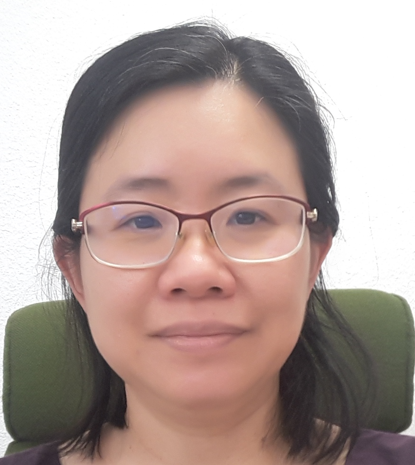
Dr. Siaw Foon Lee
(Materials physics)
(Spanish Research Council, Spain)
Dr. Siaw Foon Lee (Materials physics),(Spanish Research Council, Spain)

Dr. Siaw Foon Lee obtained the first degree in Physics at the University of Malaya, Malaysia in 1997. After graduating, she worked as a tooling design supporting the research and development activities at Matsushita Air-conditioning Technology Centre (MACTEC), Kuala Lumpur, Malaysia for two and a half years. She pursured her PhD degree in material science in the Department of Physics, University of Loughborough, England in 2000 where she was also a teaching fellow. She was granted the PhD degree in December 2002. She was a postdoctoral researcher in the Department of Structural Engineering, Norwegian University of Science and Technology (NTNU), Trondheim, Norway from 2007 to 2010.
Currently she is a research scientist in the Eduardo Torroja Institute for Construction Science, Spanish National Research Council (IETcc-CSIC), focuses mainly on the steel corrosion in concrete and the photocatalyst application in environmental remediation.
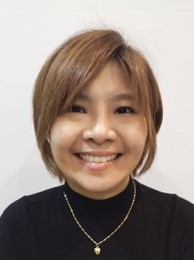
Dr. Lin Yen Hwa
(Medical physics)
(Proton Therapy Pte. Ltd., Singapore)
Dr. Lin Yen Hwa (Medical physics),(Proton Therapy Pte. Ltd., Singapore)

Yen Hwa trained as a medical physicist in the radiation therapy and radiation disaster in Malaysia and Japan before working in Singapore. She helps develop and implement the operational protocols with the team to ensure a safe delivery of proton beam therapy in the clinic. Her research interests are focused on advanced approaches to radiation dosimetry, the improvement of the efficiency of radiation treatment, as well as the quality assurance of the radiation treatment delivery.
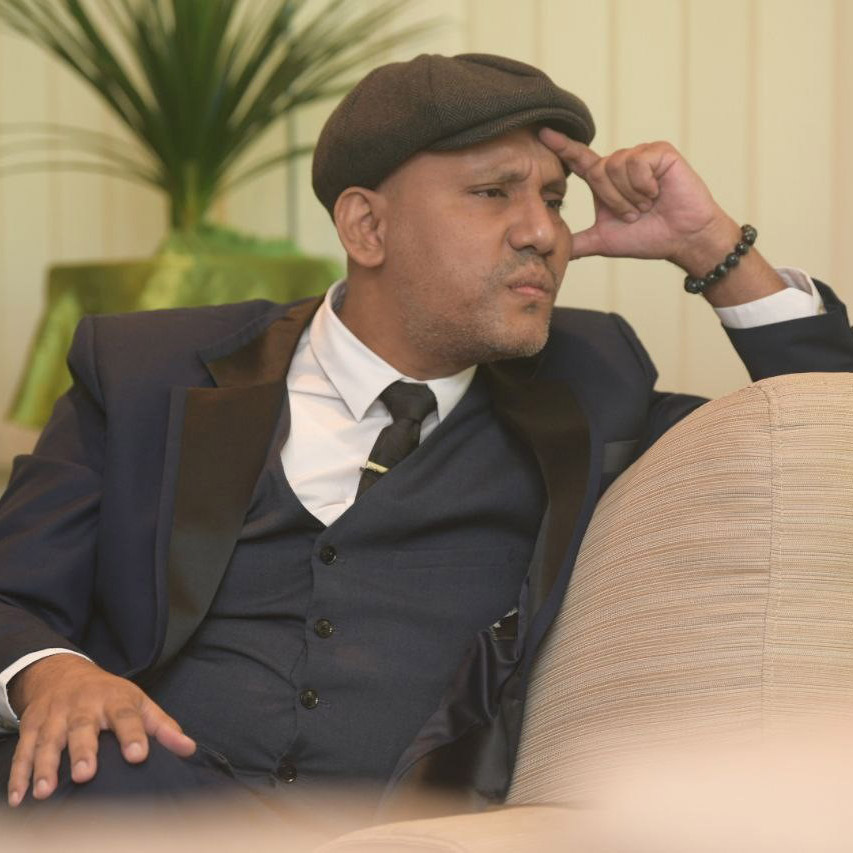
Professor Dr. Jesni Shamsul Shaari
(Quantum Cryptography)
(International Islamic University Malaysia)
Professor Dr. Jesni Shamsul Shaari (Quantum Cryptography),(International Islamic University Malaysia)

Jesni Shamsul Shaari is currently a Professor in the Dept. of Physics, International Islamic University Malaysia. He mainly works in the field of Quantum Cryptography and Quantum Information. He was a key person in the development of Malaysia’s first quantum cryptographic protocol, named 6DP, (which was published in the journal Physics Letters A with coauthors M. Lucamarini and M. R. Wahiddin). While later pursuing specific topics in quantum cryptography including higher dimensional two-way QKD, finite key analysis (for bidirectional QKD) and device independent QKD, Jesni also pursues his interest in more fundamental topics derived from the study of quantum cryptography including issues related to Mutually Unbiased Unitary Bases (a structure analogous to Mutually Unbiased Bases for quantum states) as well as entropic relations in estimating parameters for channels/ operators.
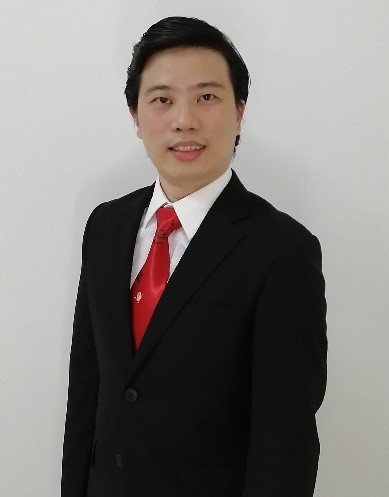
Dr. Koh Meng Hock
(University Technology Malaysia)
Dr. Koh Meng Hock,(University Technology Malaysia)

I am a theorist working on low-energy nuclear structure using mean-field approach. The focus of my research in the recent years is on devising an approach to determine the strength governing pairing interaction between nucleons. Concurrent research is also on-going with French collaborators in particular on K-isomers which provides a good testing ground for the mean-field approach. On the “the never-ending, subtle coercion” of my colleague, I began to encroach into the field of quantum computing looking at the application of quantum computers to solve nuclear physics problems. Beyond research, I give lectures on nuclear physics, quantum mechanics and mathematical physics, and is currently serving as the coordinator of postgraduate research program in the department.
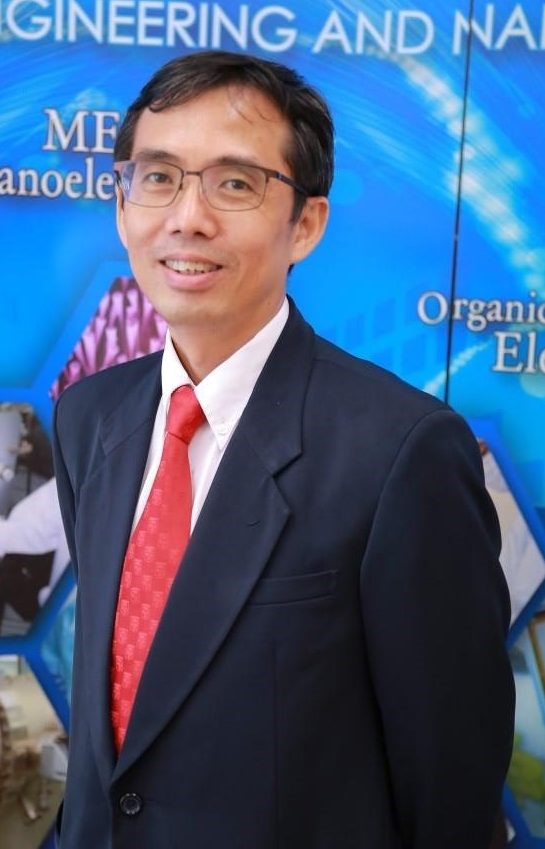
Associate Prof Dr. Siow Kim Shyong
(University Kebangsaan Malaysia)
Associate Prof Dr. Siow Kim Shyong,(University Kebangsaan Malaysia)

Associate Prof Dr. Siow Kim Shyong, is a Senior Research Fellow at the Institute of Micro-Engineering and Nanoelectronics, Universiti Kebangsaan Malaysia. His current primary research interests are related to plasma modifications for agriculture and biomaterials, sintered bonding and TRIZ-based patent research. Further research area information is available here.
His past 18 years of working experiences range from technology identification, fundamental research, applied research, and technology scale-up to mass-production for electronic industry. Before joining UKM, he has worked as a materials engineer in multi-national companies (i.e., Infineon Technologies Singapore and ON Semiconductor Seremban) and the National University of Singapore.
Thank you all PERFIK2023 speakers and participants. See you next year PERFIK2024!!!
Congratulation to the best male and female student presenter!
Wong Yeong Yi, Farah Hannan Abd Nasir, Felicia Teen Teen Houng, Toh Chian Cheng, Tsung Kheng Yew, Tey Lian Seng,
Submission of full paper to Jurnal Fizik Malaysia, indexed by WoS (ESCI) is optional, subject to the peer review process of the journal. Deadline for submission of full paper: 31 Jan 2024. For submission please click here
- Special session for plasma physics and discharge by Plasma Technology Research Center, University Malaya by session chair Associate Professor Dr. Yap Seong Ling
- Prof. Ramesh from Universiti Malaya will share the insights on Progress and Challenges in Energy Devices: Formulation and Economic Aspects
- Our sincere welcome to Dr. Yu-Chieh Lin, from Attosecond Science Research Team RIKEN, winner of the 15th Osaka University Kondo Prize, Women in Ultrafast Science Global Award 2022, and The 1st JSAP Diversity & Inclusion Awards to share with us the development in ultrafast laser science!
- We are honored to have Prof. Zamri, Center for Astronomy and Astrophysics Research, Universiti Malaya to enlighten us the research status of radio astronomy!
- It is our privilege to have our distinguished keynote speaker from Samsung, USA Dr. Yan Li to share with us, physics in the semiconductor industry
- Prof. Chen Huanyang will share his work on transformation optics
- Dr. Mehran Kianinia will share the latest development in hexagonal boron nitride (hBN) for quantum computing/communication and sensing
Submission Information
To all registered participants, the trial license of COMSOL Multiphysics will be send to the registered email address; please make sure your email address given is correct so you can receive it in advance
--- | --- | ---
Copyright will not be requested by IFM or Perfik Committee. Publication in Jurnal Fizik Malaysia, indexed by WoS (ESCI) (optional), subject to the peer review process of the journal. Deadline for submission of full paper: 31 Jan 2024.
--- | --- | ---
Postgraduate students are invited to participate in the awards for best oral presentation!
Special award to best female student best oral presentation in conjunction with special session on women in physics!
Registration Fees
- Regular RM 250
- Postgraduate Student RM 150
- IFM Member RM 100
- Non-presenting Participants RM 100
- Undergraduate Student RM 50
- School teacher RM 50
- Retired Academic/Teacher FREE
Topic Scopes

Particle Physics

Geophysics
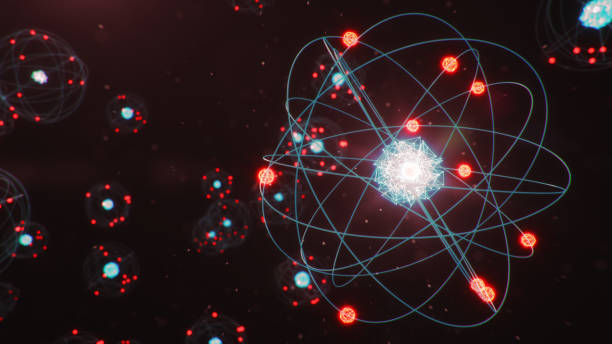
Nuclear & High Energy Physics
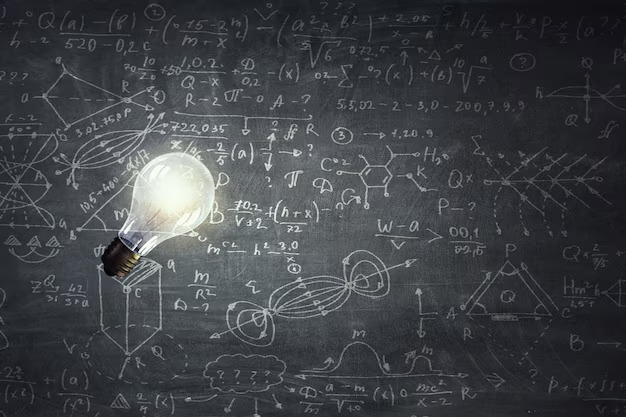
Physics Education

Biological & Medical Physics
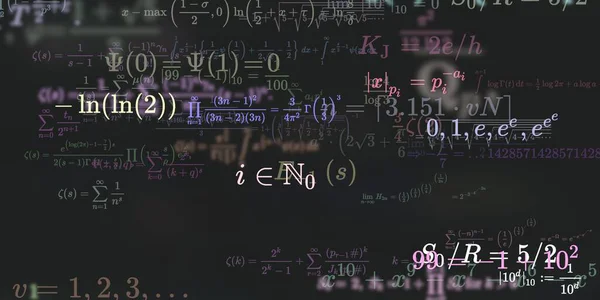
Theoretical & Mathematical Physics
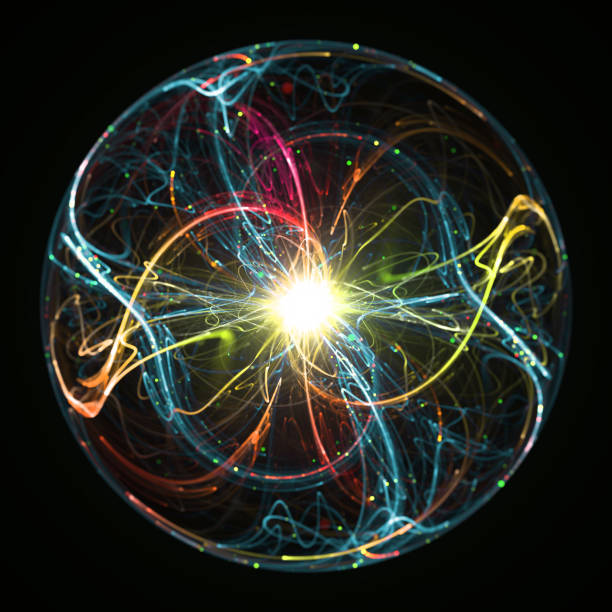
Plasma & Gas Discharge
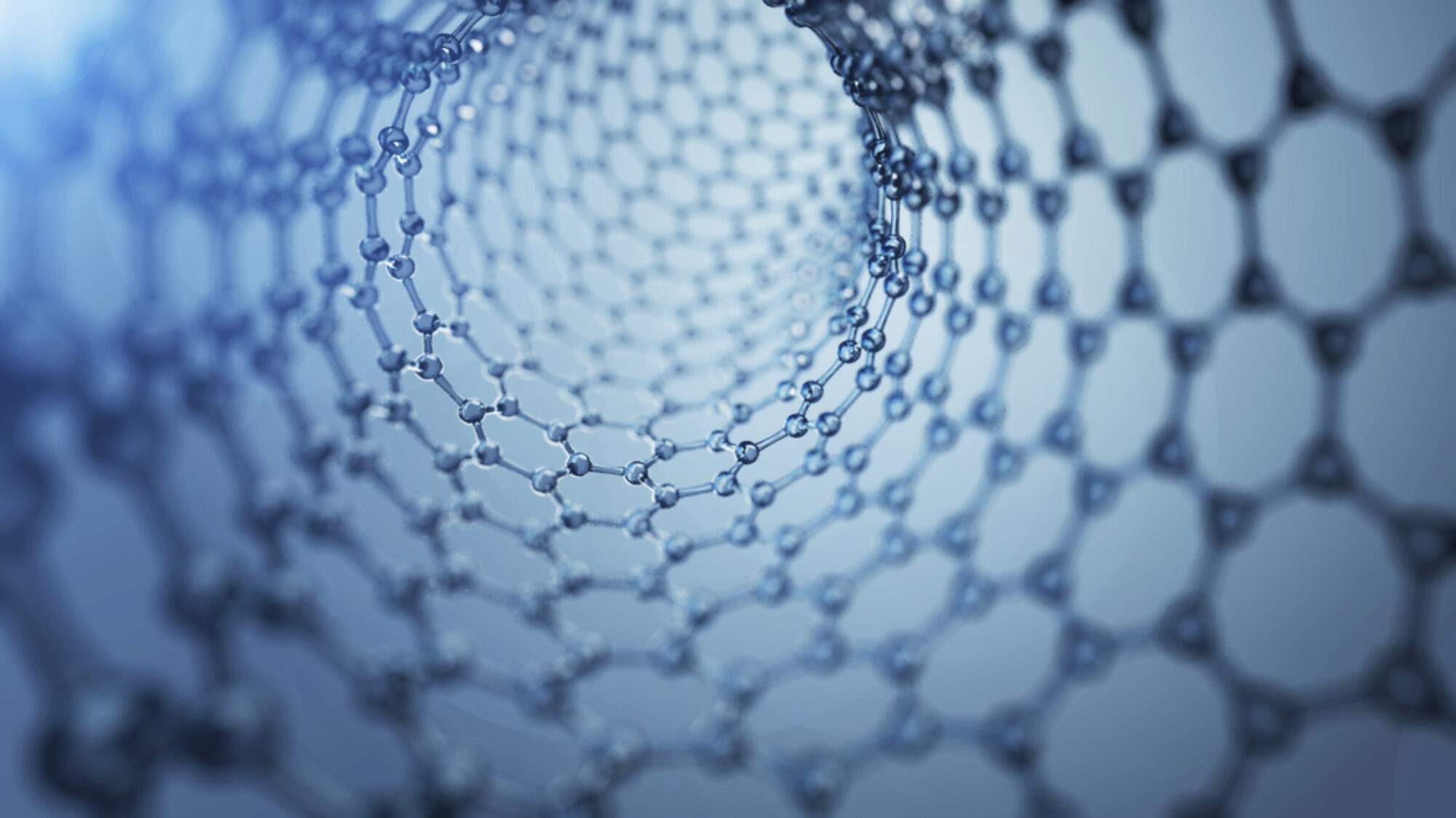
Condensed Matter & Material Physics
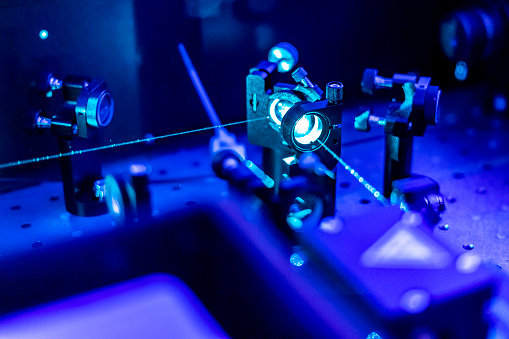
Optics and Laser
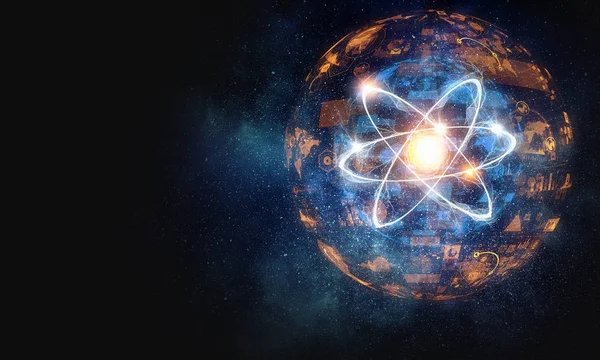
Atomic & Molecular Physics
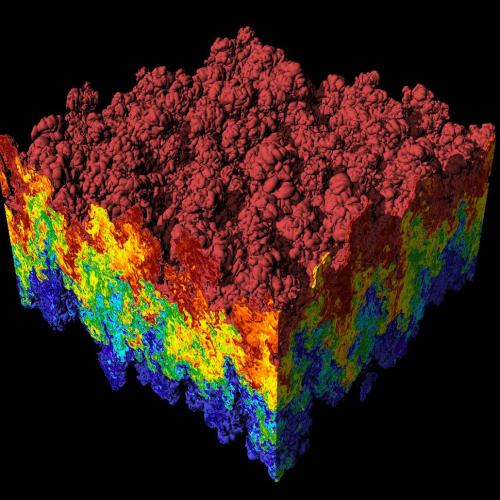
Statistical & Computational Physics
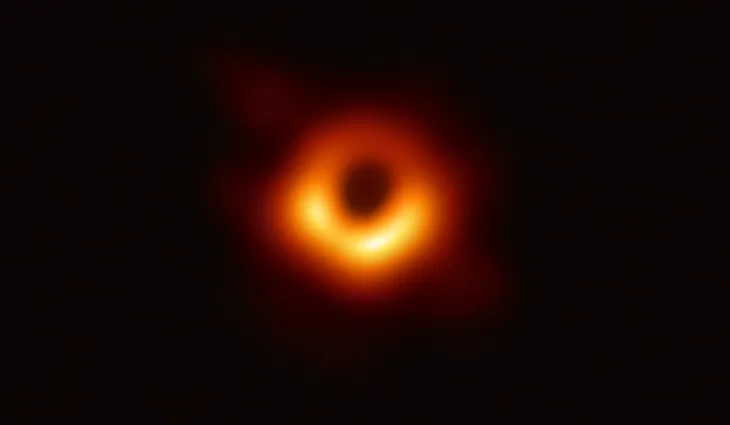
Astrophysics, Cosmology & Gravitation

Physics in Industry

Women in Physics
Program Schedule



